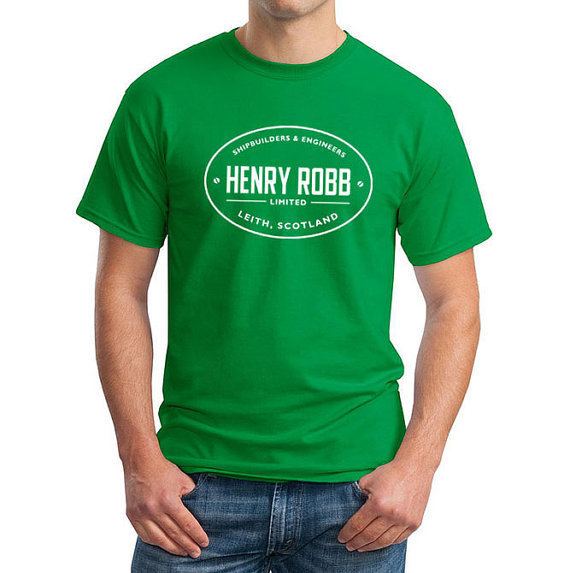Fate Closed Key people Henry Robb Founded 1918 | Defunct 1983 Ceased operations 1983 | |
 | ||
Henry Robb, Limited, known colloquially as Robbs, was a Scottish shipbuilding company based at Leith Docks in Edinburgh. Robbs was notable for building small-to-medium sized vessels, particularly tugs and dredgers.
Contents
History
The company was founded on 1 April 1918 by Henry Robb, a former yard manager for Ramage and Ferguson.
Robbs grew by buying berths from Hawthorns in 1924, the business of Cran and Somerville in 1926 and the yards of Ramage and Ferguson in 1934. The site became known as Victoria Shipyard.
Robbs closed its Arbroath and Clyde operations in the 1920s and focused its activities on Leith.
During World War II, Robbs built a large number of naval warships for the Royal Navy, including preparing the designs and building the prototype of the Basset-class anti-submarine / minesweeping trawler. Three Bird-class Corvettes were built for the Royal New Zealand Navy. Ordered in 1939, two of these ships would famously sink the Japanese submarine I-1 in January 1943.
On 26 February 1940 King George VI and Queen Elizabeth toured the shipyard.
In 1968 Robbs merged with the Caledon Shipbuilding & Engineering Company of Dundee, forming Robb Caledon Shipbuilding, and in 1969 the new company took over the Burntisland Shipbuilding Company in Fife. In 1977, under the provisions of the Aircraft and Shipbuilding Industries Act 1977, Robb Caledon was nationalised as part of British Shipbuilders. The Caledon yard in Dundee closed in 1981. Robb's yard in Leith survived two more years, closing in 1983.
The site of Robb's shipyard is now the Ocean Terminal shopping centre, where the Royal Yacht Britannia is berthed. An early 20th-century pitched roof paint shed that once belonged to the yard, built from rivetted iron plates, survives and is a Category B listed building.
The yard features in the video to the song "Letter From America" (1987) by The Proclaimers, whose father worked in the yard. The overall sentiment of the song stresses the loss of Scotland's traditional industries and the mass emigration of Scots to North America due to circumstances such as the Highland Clearances.
Naval
Bird-class corvettes
Royal Fleet Auxiliary ships
Bustler-class ocean rescue tugs
Hecla-class survey vessel
Wild Duck-class RMAS cable-laying and salvage ships
